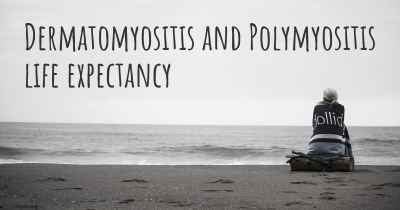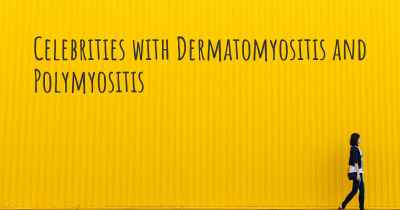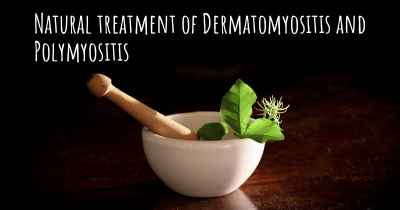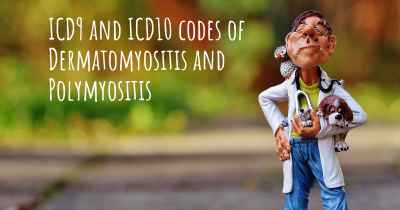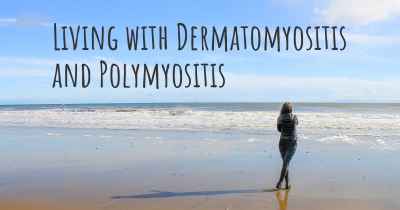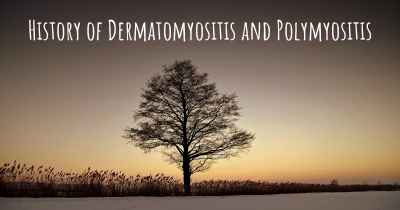Is Dermatomyositis and Polymyositis hereditary?
Here you can see if Dermatomyositis and Polymyositis can be hereditary. Do you have any genetic components? Does any member of your family have Dermatomyositis and Polymyositis or may be more predisposed to developing the condition?
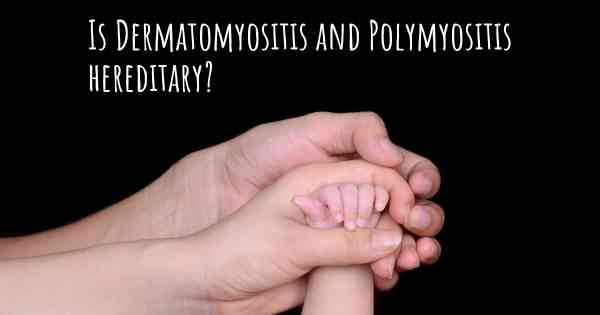
Dermatomyositis and Polymyositis are autoimmune diseases that affect the muscles and skin. While the exact cause is unknown, they are believed to be influenced by a combination of genetic and environmental factors. There is evidence suggesting a genetic predisposition, but hereditary transmission is not well-established. It is important to consult with a healthcare professional for a comprehensive understanding of the conditions and their potential genetic implications.
Dermatomyositis and Polymyositis: Are They Hereditary?
Dermatomyositis and polymyositis are both rare autoimmune diseases that affect the muscles and skin. While they share similarities in terms of symptoms and treatment, their causes are not yet fully understood. One common question that arises is whether these conditions have a hereditary component. In this article, we will explore the current understanding of the hereditary factors associated with dermatomyositis and polymyositis.
Understanding Dermatomyositis and Polymyositis
Dermatomyositis and polymyositis are classified as idiopathic inflammatory myopathies (IIMs). They are characterized by chronic inflammation of the muscles, leading to muscle weakness, fatigue, and skin rashes. Both conditions can affect individuals of any age, but they are more commonly diagnosed in adults between the ages of 40 and 60.
The Role of Genetics
Research suggests that genetics may play a role in the development of dermatomyositis and polymyositis, but it is not the sole determining factor. These diseases are considered complex or multifactorial, meaning they are influenced by a combination of genetic and environmental factors.
Genetic Predisposition
Several studies have identified certain genetic variations that may increase the risk of developing dermatomyositis and polymyositis. These variations are typically related to genes involved in the immune system, such as the human leukocyte antigen (HLA) genes. HLA genes help regulate the immune response and are known to be associated with various autoimmune diseases.
HLA Genes and Autoimmune Diseases
HLA genes have been extensively studied in relation to autoimmune diseases, including dermatomyositis and polymyositis. Certain HLA gene variants, such as HLA-DRB1*03:01 and HLA-DRB1*04:01, have been found to be more prevalent in individuals with these conditions compared to the general population. However, it is important to note that having these genetic variants does not guarantee the development of the diseases.
Environmental Triggers
While genetic predisposition may increase the susceptibility to dermatomyositis and polymyositis, environmental factors are believed to play a significant role in triggering the onset of these diseases. Infections, exposure to certain medications, and environmental toxins have been suggested as potential triggers. However, more research is needed to fully understand the interplay between genetics and environmental factors in the development of these conditions.
Family History
Having a family member with dermatomyositis or polymyositis does slightly increase the risk of developing the diseases. However, the overall risk remains relatively low. According to current knowledge, the risk of a first-degree relative (parent, sibling, or child) developing dermatomyositis or polymyositis is estimated to be around 2-5%.
Conclusion
In summary, while dermatomyositis and polymyositis have a genetic component, they are not purely hereditary diseases. Genetic variations, particularly in HLA genes, may increase the risk of developing these conditions, but environmental factors also play a significant role. Having a family member with dermatomyositis or polymyositis slightly increases the risk, but the overall risk remains relatively low. It is important to consult with healthcare professionals for a comprehensive evaluation and understanding of individual risk factors.
